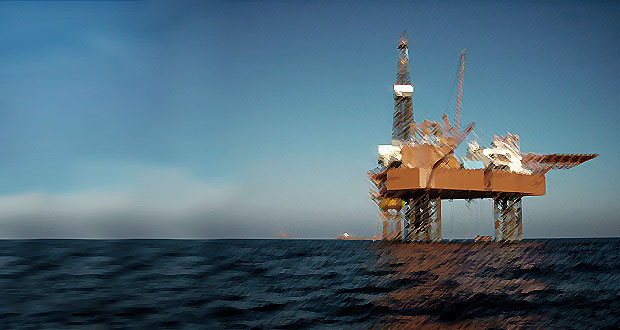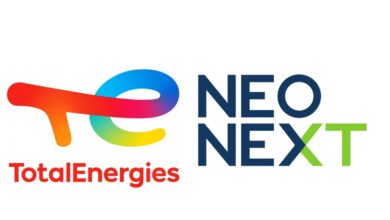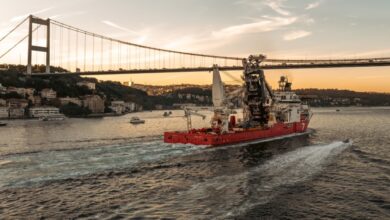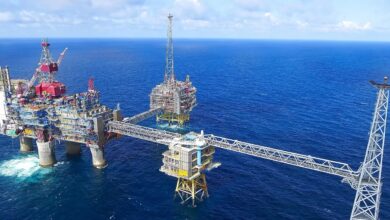Three Velesto jackups contracted by Petronas for work offshore Malaysia

Petronas awarded Velesto Drilling with contracts for the NAGA 3, NAGA 4 and NAGA 6 jackups for operations offshore Malaysia. The contracts are all set to begin in Q3 2023.
The deal for the NAGA 3 jackup will cover eight firm wells. The NAGA 4 contract covers four firm wells, plus the option for one additional well. The NAGA 6 contract covers six firm wells.




